Dialogue – It’s Not A Conversation
 Dialogue charts a middle path between authenticity and art in writing. It reveals personality, and in this way it is closely linked to character. It advances the story, and in this way it is closely linked with plot. It adds a layer of verisimilitude, and in this way it is closely linked with setting. Excellent dialogue adds to all aspects of the storytelling art.
Dialogue charts a middle path between authenticity and art in writing. It reveals personality, and in this way it is closely linked to character. It advances the story, and in this way it is closely linked with plot. It adds a layer of verisimilitude, and in this way it is closely linked with setting. Excellent dialogue adds to all aspects of the storytelling art.
Writing authentic dialogue is not about transcribing the most accurate and authentic conversation. Conversations are filled with inanity, pauses, clichés and filler words. Excellent dialogue has very little to do with how people actually speak in real life, however it creates the impression that it is real. It hides its artifice in service to authenticity.
For a starting point when considering any piece of dialogue, query whether it is needed at all. Characters reveal themselves through action more directly than through speech. The old chestnut is true that “actions speak louder than words.” Therefore, when evaluating a piece of dialogue, consider if an action might better take its place. This is almost always the case in instances of strong emotion – i.e. love and hate. These sentiments are thrown around so often that they’re difficult to imbue with fresh meaning. Consider whether action more directly conveys the emotion. Consider:
“I’m not sure I like you anymore,” she said.
Or
She took the cocktail he’d just made her and dumped it down the sink.
If speech is warranted, watch out for adverbs in the signifiers (angrily, happily, sadly) and distracting use of verbs (exclaimed, demanded, hissed, whispered) or worse, a combination of the two (exclaimed happily, whispered sadly). Consider:
“I’m not sure I like you anymore,” she hissed angrily.
Or
“I’m not sure I like you anymore.” She took the drink he’d just given her and dumped it down the sink.
Body language is of paramount importance, especially when it contradicts what is being said on the surface. Consider:
“I’m not sure I like you anymore.” She set down the cocktail he’d made her and wrapped her arms around him.
Subtext is a masterful way to use dialogue. When the character is saying something in opposition to what the reader knows is the truth, a connection occurs between reader, writer and character that creates realness and close connection to a story. Hemingway is the master of this.
“I’m not sure I like you anymore.” But the reader knows the speaker is still desperately in love.
Three dialogue pitfalls to avoid include summing up in dialogue, placing large amount of backstory in dialogue, and expository dialogue in general. Writers sometimes cram information about characters, or facts they want the reader to know, into dialogue when they are trying to follow the advice of “show don’t tell.” Placing quotations around information and having one character blast it at another doesn’t mean you’re showing, and it’s almost never a good idea. However, there is an antidote. As writers we can just tell our readers information they need to know. We tend to forget this.
Alice Mattison points this out in her excellent book on writing, The Kite and the String. We forget the value of the simple informative sentence. We don’t need clunky dialogue to fit in information. Consider this particularly bad example:
“I notice Joe’s always making cocktails for people, and he smells like gin,” she said. “Why is that?”
“He’s a bartender at a popular restaurant on the east side of town.”
Or
Joe was a bartender at a popular restaurant on the east side of town.
Stay alert for the times when you can come out and tell your reader something. As Mattison writes, “Use the simple informative sentence for the things we do need to know if we’re to understand your story: the facts that will make clear what we’re seeing and forestall confusion.”
Visual considerations come into play when thinking about dialogue. Think of your character as on a stage so that the reader can picture her in space. When the character is speaking, the reader should hear her voice, see her body language, know what she’s feeling physically and emotionally. Or one can attempt to emulate Hemingway and other sparse writers by letting the characters speak with little in terms of stage direction, body language, attribution or signifiers. This is especially effective when there are only two characters in a scene, and harder when a scene includes more characters.
Finally there are the smaller matters of dialect and use of attribution. Dialect is a strong spice. It walks a fine line between authenticity and taking the reader out of the story by calling attention to itself. Dialect should be used exceedingly sparingly if at all. In most cases, authenticity and sense of place can be more convincingly created without it.
Attribution (he said, she said) is required and basic so the reader can properly follow along. But like salt and pepper, overuse can ruin a scene. To get around the use of attributions, sometimes writers put proper names in the dialogue to signal who is speaking to whom. This, however, rarely sounds real as people don’t usually speak this way unless they are enraged or selling something.
Which leads to the last tip for dialogue, which is to read dialogue out loud. Reading all one’s writing out loud is incredibly painful and incredibly helpful, but dialogue benefits doubly from this treatment. Clunky and fake speech will make you wince as you read it.
Truly great and real-sounding dialogue is never an effortless creation, and I’d suggest a study of some of the modern masters of this. A close look at the work of Zadie Smith, Edward St. Aubyn, and of course Hemingway can prove to be a master-class in how to create great dialogue, which is one of the tools that makes characters live on the page and makes stories seems realer than life.
—
Claire McMillan is the author of The Necklace and Gilded Age and is currently the 2017-2018 Writer-in-Residence for Cuyahoga County Public Libraries. She was a former Writer-in-Residence at Edith Wharton’s home, the Mount, and now serves as a member of the board of trustees. She grew up in Pasadena, California, and now lives on her husband’s family farm outside Cleveland, Ohio. She practiced law until 2003 and then received her MFA in creative writing from Bennington College.
About THE NECKLACE
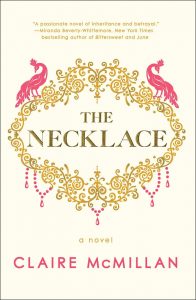 Two generations of Quincy women—a bewitching Jazz Age beauty and a young lawyer—bound by a spectacular and mysterious Indian necklace.
Two generations of Quincy women—a bewitching Jazz Age beauty and a young lawyer—bound by a spectacular and mysterious Indian necklace.
Always the black sheep of the tight-knit Quincy clan, Nell is cautious when she’s summoned to the elegantly shabby family manor after her great-aunt Loulou’s death. A cold reception from the family grows chillier when they learn Loulou has left Nell a fantastically valuable heirloom: a stunningly ornate necklace from India that Nell finds stashed in the back of a dresser in a Crown Royal whiskey bag. As predatory relatives begin circling and art experts begin questioning the necklace’s provenance, Nell turns to the only person she thinks she can trust—the attractive and ambitious estate lawyer who definitely is not part of the old-money crowd.
More than just a piece of jewelry, the necklace links Nell to a long-buried family secret. It began when Ambrose Quincy brought the necklace home from India in the 1920s as a dramatic gift for May, the woman he intended to marry. Upon his return, he discovered the May had married his brother Ethan, the “good” Quincy, devoted to their father. As a gesture of friendship, Ambrose gave May the necklace anyway—reigniting their passion and beginning a tense love triangle.
Crisp as a gin martini, fresh as a twist of lime, The Necklace is the intelligent, intoxicating story of long-simmering family resentments and a young woman who inherits a secret much more valuable than a legendary necklace.
Category: Contemporary Women Writers, How To and Tips




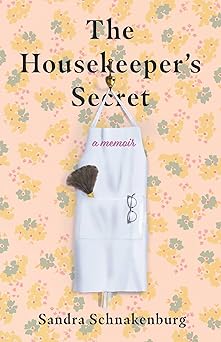






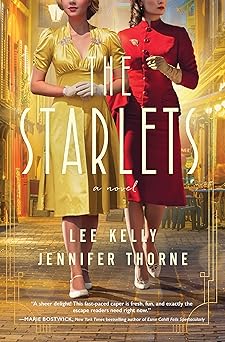
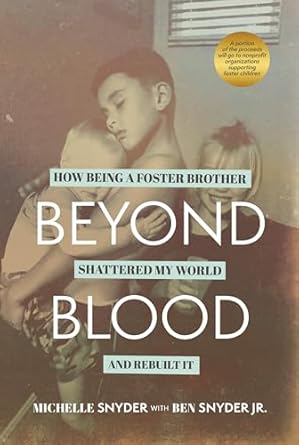
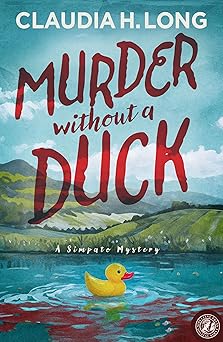
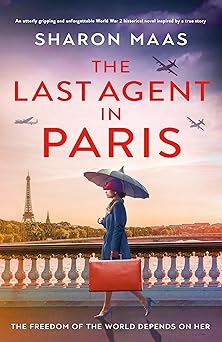
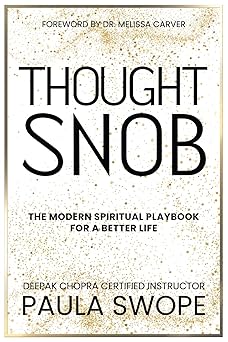
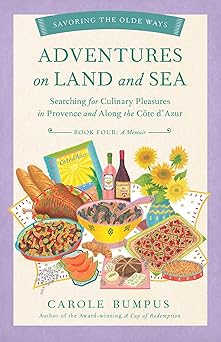
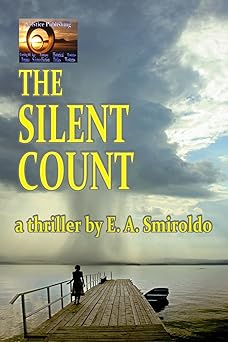
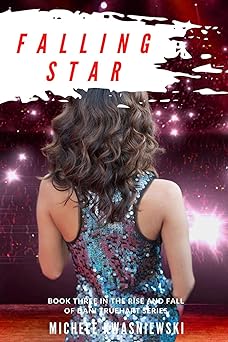
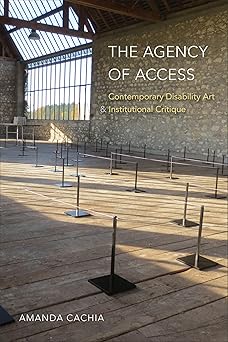
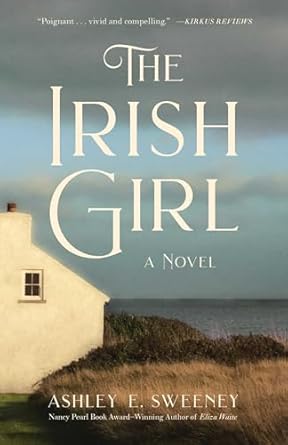
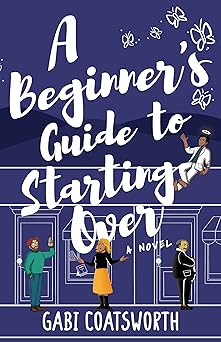
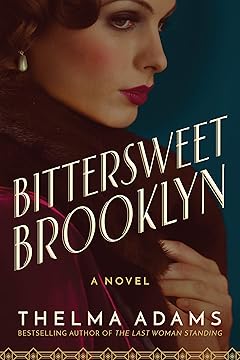

Lots of great insights here, Claire. Thanks for sharing them.
Your essay was truly helpful to me! Thank you.
Thanks for this. I’m so tired of the “dialogue should sound natural” mantra, which is, frankly, leading to a lot of inane sounding dialogue in novels. And also the “show don’t tell” precept which has writers not willing to tell the things that should just be simply told!